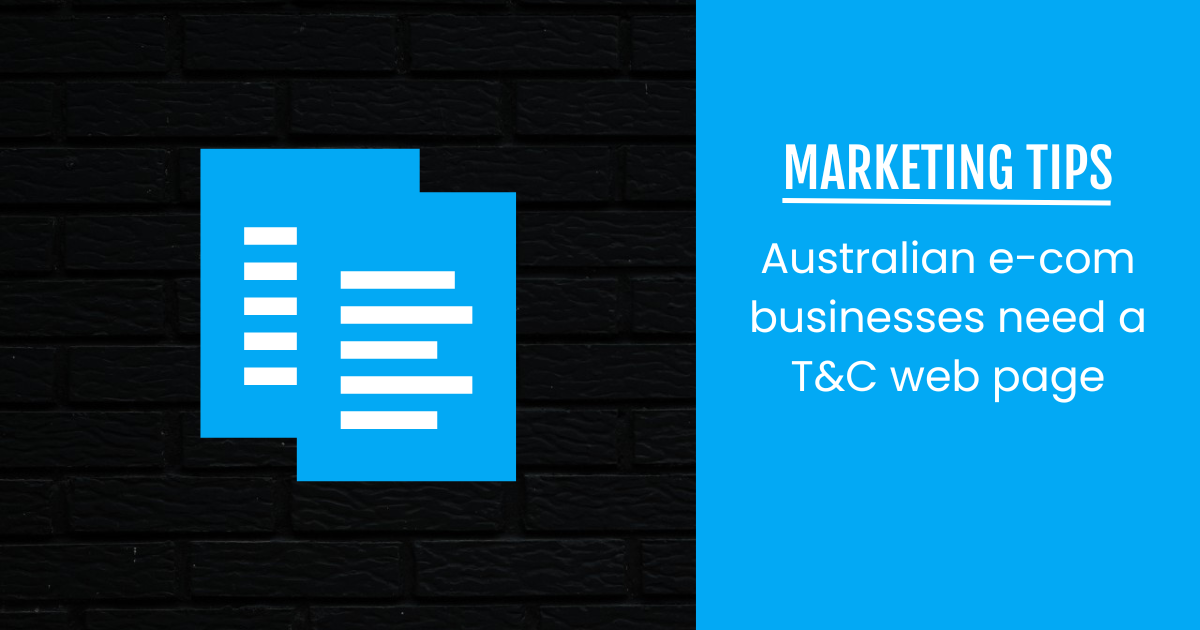Marketing Tips
We've tucked away the header (Menu) on this post so you can focus without distractions! Visit the homepage.

Crafted by your favourite crustacean
This post was crafted in the tone and style of our mascot, Markskrill.
G'day, legends! When you're running a business online in Australia, legal bits and bobs can feel like a bit of a maze. One question that often pops up is about a Terms and Conditions (T&C) page: is it a legal must-have?
Well, while Australian law doesn't explicitly mandate a T&C page for every single website, having one is highly advisable for a whole heap of solid reasons. It's about protecting your patch and building trust.
So, while you might not get fined for not having one in every scenario, it's definitely in your best interest to get one sorted.
Why a T&C page is your digital mate
Think of your T&C page as the rule-book for your digital playground. It sets the boundaries and clarifies expectations for everyone involved.
- Contractual clarity: It establishes a clear, formal relationship between your website and its users. This document can define the rights and responsibilities of both parties, helping to sort out any issues that might pop up.
- User trust and expectations: In today's digital landscape, users expect to see a T&C page. Its absence can raise questions about your website's legitimacy and trustworthiness. Having one builds confidence and shows you're a proper outfit.
- Legal protection: A well-drafted T&C page can be a valuable tool in safeguarding your business from potential legal claims. It helps outline the framework for how users can operate on your site, providing a layer of defence in case of disputes, copyright infringements, or misuse.
- Clarity and transparency: It's not just about the legal stuff; it’s about being upfront. A clear and concise T&C page outlines the rules of engagement for users, showing your commitment to transparency and fairness. This fosters a sense of trust and reliability among your audience.
Key considerations for Australian websites
If you're operating an Australian website, there are a few important things to keep in mind when crafting your T&C page:
- Australian Consumer Law (ACL): Your T&Cs must align with the Australian Consumer Law, which safeguards consumers against unfair business practices. This is non-negotiable.
- Privacy Policy companion: A distinct Privacy Policy should always accompany your T&C. This document details how user data is collected, used, and stored, which is crucial given Australia's stringent privacy regulations. The two go hand-in-hand.
Ultimately, a well-defined Terms and Conditions page is a valuable resource for any Australian business operating online. It helps build trust, protect your business from potential headaches, and provides clear guidelines for everyone involved. It's a smart strategic move for any digital operation.
References
As a commercial entity focused on providing engaging and accessible content, we generally do not include formal citations, references, or lists of sources. However, there may be instances where we directly quote or significantly draw upon the work of others, in which case we will always provide appropriate credit where it is due.
Flashcards
Welcome to your interactive marketing glossary. Understanding the language of modern marketing jargon is crucial for success, and this tool is designed to help you master the essential terminology, from A/B testing to SEO. Begin by studying the terms in our flashcard deck.
Click card to flip
Which term matches this definition?
There are more words to learn!
Join our exclusive marketing newsletter
Psst! Hey, you! Yeah, you! Wanna be part of something exclusive? Sign up for a free Business Hub account and you'll get access to your own marketing software, packed with built-in features! On top of that, we'll invite you to our webinars, where we share insider knowledge on topics that we might not discuss here.








